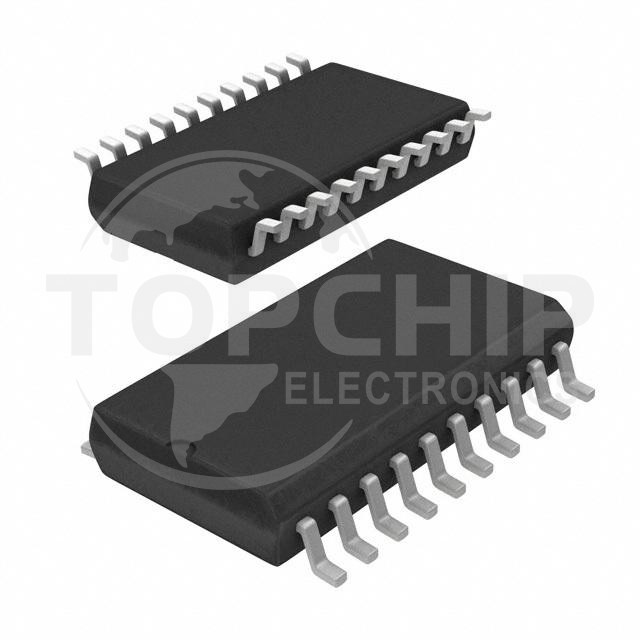Digital Signal Processors (DSPs) are integral components in modern electronic systems, responsible for processing and manipulating digital signals in real time. However, like all electronic components, DSPs can occasionally experience faults and issues that hinder their functionality. In this article, we'll explore some common faults in DSPs and offer practical solutions to address these problems.

1. Overheating and Thermal Issues
Overheating is a common issue in DSPs, affecting their performance and reliability. This can be caused by inadequate cooling or airflow, high ambient temperature, or improper thermal design.
Solution: Ensure that your system has sufficient cooling mechanisms, such as heatsinks and fans, to dissipate heat effectively. Maintain proper ventilation and adhere to the recommended operating temperature range specified by the manufacturer.
2. Memory Corruption or Data Loss
DSPs rely on their memory systems, including internal and external memory, for efficient data processing. Memory corruption or data loss can lead to unexpected errors and system crashes.
Solution: Use error correction codes (ECC) and periodic memory checks to detect and correct memory errors. Implement proper memory initialization and access routines to prevent data corruption or loss.
3. Power Supply Instability
An unstable power supply can impact the performance and reliability of a DSP. Voltage fluctuations, noise, or inadequate power supply decoupling can lead to undefined behavior or even permanent damage to the processor.
Solution: Use a high-quality, stable power supply with adequate decoupling capacitors to minimize voltage fluctuations and noise. Implement power supply monitoring and protection mechanisms to safeguard the DSP against abnormal conditions.
4. Oscillator and Clock Frequency Issues
A stable, accurate clock source is crucial for a DSP to function correctly. Faulty oscillators or inaccurate clock frequencies can result in incorrect or unstable signal processing, leading to system malfunction.
Solution: Utilize high-quality, stable oscillators and follow the manufacturer's recommended guidelines for using clock sources. Regularly verify the clock frequency to ensure it meets the specified requirements.
5. Incorrect Configuration or Firmware Issues
Improper configuration or faulty firmware can cause unexpected DSP behavior, leading to processing errors or system crashes.
Solution: Verify and validate the DSP configuration settings and firmware to ensure correct functionality. Regularly update firmware to incorporate the latest bug fixes and improvements.
6. Electromagnetic Interference (EMI)
Electromagnetic interference caused by neighboring electronic components or external sources can degrade the performance of a DSP, leading to signal corruption or other issues.
Solution: Implement good shielding and grounding practices in your system design to minimize EMI. Route high-speed and sensitive signals carefully, and use proper filtering techniques to reduce noise coupling.
7. Hardware Failure or Component Incompatibilities
Hardware failures or component incompatibilities can cause unexpected DSP issues, such as poor performance, crashes, or malfunctioning peripherals.
Solution: Conduct thorough testing and debugging to identify and correct hardware faults or incompatibilities. Choose compatible components and follow manufacturer-recommended guidelines for interfacing with the DSP.
8. Software-Related Issues
Software-related issues, such as bugs, resource contention, or concurrent access to shared resources, can lead to DSP faults and performance degradation.
Solution: Implement best-practice software development practices, including proper resource management, atomic operations, and preemptive multitasking, to minimize software-related issues. Regularly test and debug your software to identify and resolve potential problems.
In summary, a variety of common faults can impact the performance and reliability of digital signal processors. By understanding these issues and applying practical solutions, engineers can address potential errors to ensure the effective and reliable operation of their DSP-based systems.

